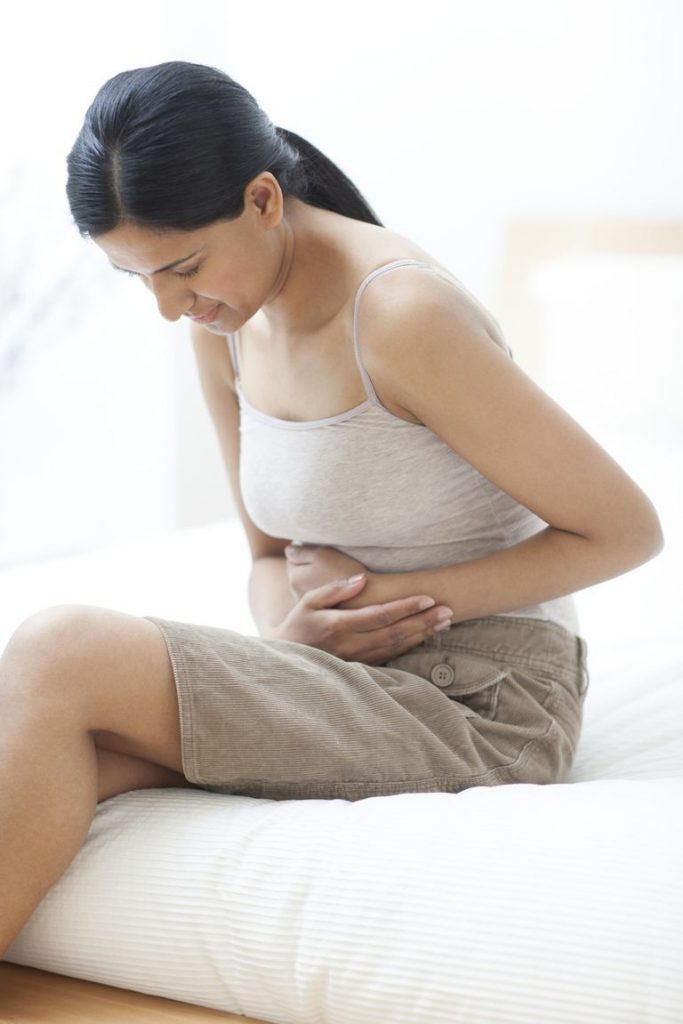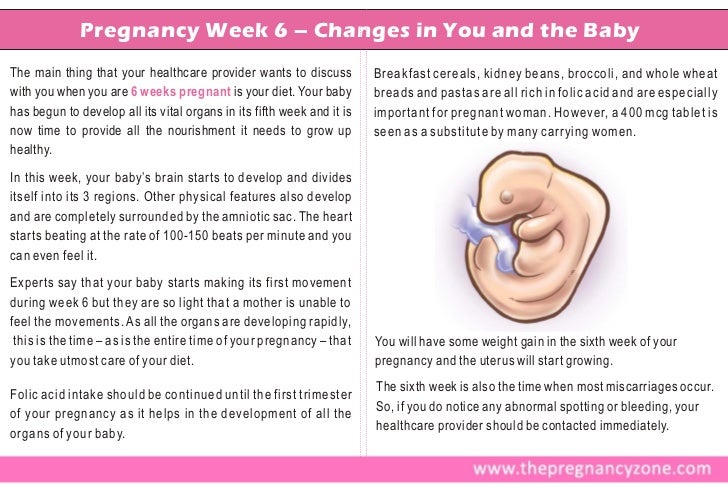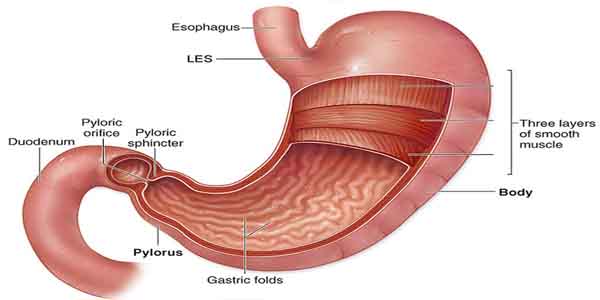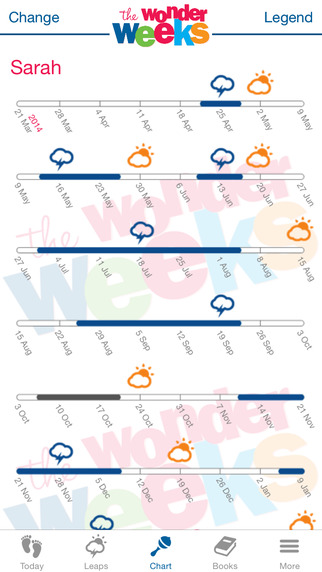Pregnancy leg aches at night
Aching, Painful, Or Heavy Legs During Pregnancy
Having aching legs during pregnancy is the icing on the cake of all of your physical ailments. But contrary to cake, heavy or aching legs are not something to be desired. While things like morning sickness and fatigue can be expected, when leg pain hits, it might catch you off guard.
To help make your leg troubles a little more bearable, we’ll give you some basic information and help you identify the signs, causes, and treatments for your aching and heavy legs.
Blood Circulation And Heavy Or Aching Legs During Pregnancy
Pregnancy is a period during which the risk of circulatory disruptions becomes particularly high. These disruptions are the consequence of the related increase in body weight and hormonal changes, as seen below:
- As early as the first trimester, the increase in hormones creates circumstances in which the blood in the veins can easily stagnate, weakening vein walls and the firmness of blood vessels.
Estrogen levels can lead to inflammation (edema), and progesterone modifies the vein walls and vessel dilation.
- Throughout pregnancy, the increased volume of the uterus leads to increased pressure on the main vein responsible for returning blood to the heart.
- Finally, an increase in blood weight and volume (of 20% to 30%) contributes to increased pressure on the leg veins, which is doubled or tripled. The valves are separated further from each other by distension of the veins and no longer play their role of impeding blood return.
Blood circulation in the leg veins can be considerably disrupted. The symptoms vary significantly from woman to woman and pregnancy to pregnancy, ranging from simple discomfort to disabling pain.
After delivery, these impairments most often go away on their own within a few weeks.
The Role Of Veins And Vascular Insufficiency
In their normal state, arteries supply the body’s tissues and organs with essential substances for their healthy functioning, such as oxygen.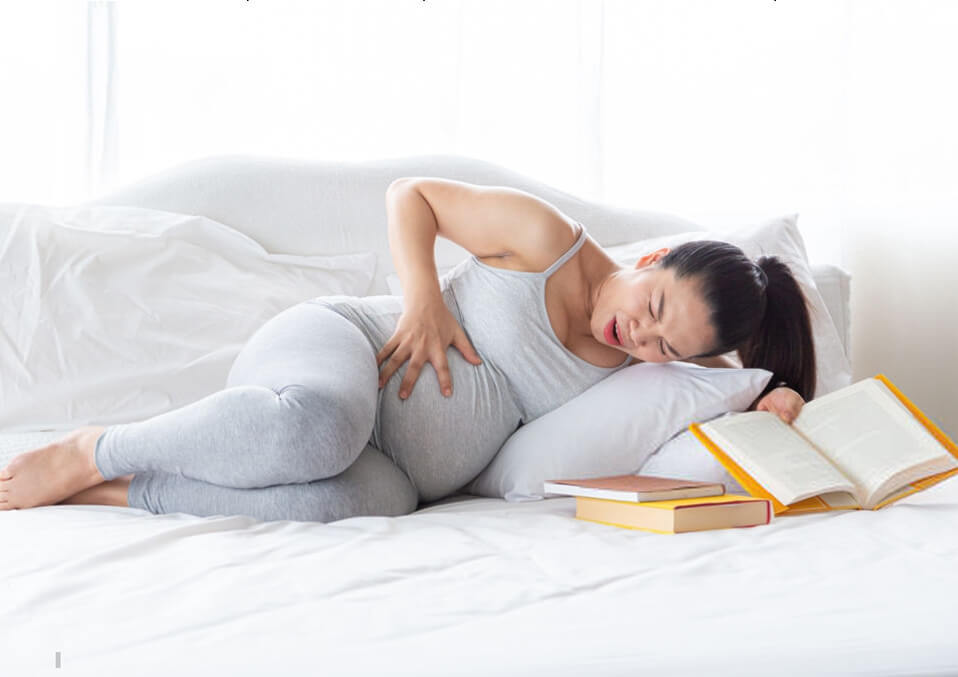 Veins, on the other hand, return blood to the heart.
Veins, on the other hand, return blood to the heart.
Blood pressure and the firmness of vein walls allow blood to flow from the lower to the upper portion of the legs. This blood flow through the veins and back up to the heart is called venous return.
Valves, acting as small flaps, are positioned every 2 to 5 centimeters (0.8 to 2 inches) in the veins. These valves ensure that blood always flows in the same direction without ever “falling” back down the other way.
The calf muscles and compression of the instep also play a role in blood flow, particularly when walking.
Contributing Factors
Several factors can increase the risk of vascular insufficiency during pregnancy:
- Heredity: If your mom has had circulatory issues, you run a higher risk of experiencing them yourself.
- Working in a standing position and shuffling. Prolonged sitting can also disrupt venous return.
- A sedentary lifestyle and lack of physical exercise.
- Excess body weight prior to pregnancy, or significant weight gain during pregnancy.
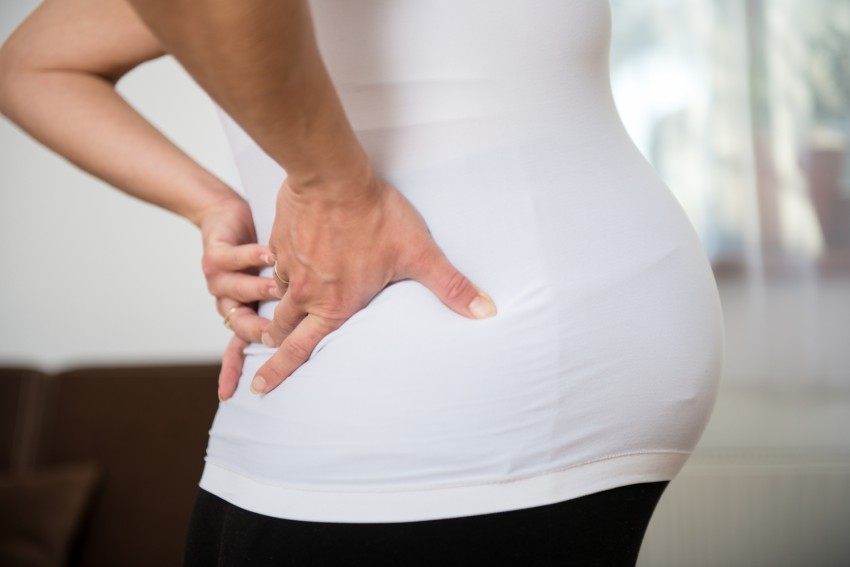
- Previous pregnancies: The risk of venous insufficiency increases with the number of previous pregnancies carried to term — 23 percent for the first pregnancy and 31 percent for the fourth.
Healthy Habits
To avoid circulatory impairments during pregnancy, prevention is essential. If you need to, try to lose weight before getting pregnant and then limit your weight gain during pregnancy.
Here are some other healthy habits to help you avoid vascular insufficiency:
- Take walks or do light exercise, which boosts blood flow
- Wear shoes with a small heel that is neither too high nor too flat (3 to 4 cm or 1 to 1.5 inches)
- Avoid tight-fitting clothes and constricting socks
- If you suffer from any plantar arch problems, wear corrective insoles
- In certain cases, wearing compression stockings and taking venotonics may be recommended during pregnancy, starting in the second month
If you experience the sensation of heavy legs despite these measures, try some of these tips to help ease the discomfort:
- Raise your feet from the foot of your bed
- At the end of each shower, spray cold water over your legs in an upward motion from the ankles to the thighs
- Avoid sources of heat (prolonged exposure to the sun, high-temperature baths, underfloor heating, etc.
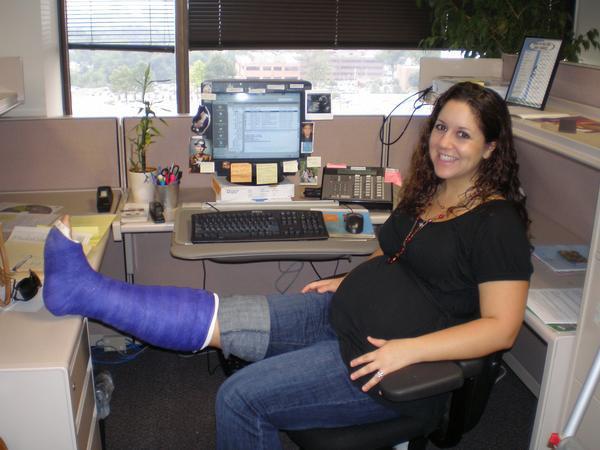 )
) - Massage your legs every day, from the ankles to the knees, using a specific treatment cream to increase blood return and stimulate blood flow
Signs Of Heavy Or Aching Legs
Aching or heavy legs first appear as a sensation of discomfort, fatigue, and heaviness in the legs. These sensations can be the first sign of an actual circulation impairment alongside other characteristics, such as having pain:
- In the interior and posterior area of the calf that radiates up the leg toward the inside of the knee
- Most often felt towards the end of the day
- If you remain standing for a long time or if you are in contact with heat (summer temperatures, hot baths, hot-wax treatments, etc.)
- Increase as the pregnancy progresses
- Relieved by cold temperatures, winter climates, rest, elevation of the legs, and walking
- Accompanied by cramps at night, restlessness of the legs (painful discomfort that requires that one move one’s legs for relief), inflammation (edema of the ankles), varicosities, and even varicose veins
If you are experiencing any of these symptoms, talk about it with your doctor at your next visit. Your doctor may be able to prescribe a suitable treatment for you.
Your doctor may be able to prescribe a suitable treatment for you.
Causes Of Aching Or Heavy Legs
Like most expecting moms, you’re probably wondering what’s causing your aching or heavy legs. The sensation of heavy or aching legs is related to a loss of firmness and elasticity of the vein walls, which causes a slowing of blood circulation in the veins. Because of this, the veins dilate and blood pressure increases.
Valves — the small flaps that normally keep blood from flowing back down the leg veins — have difficulty maintaining this pressure and progressively become deficient.
Resistance to leaks weakens and blood stagnates in the lower portion of the veins, which further impairs vein walls. A vicious cycle takes hold.
On top of this, other factors could be causing your aching legs, such as:
- Nerve pressure: When your uterus expands, it puts pressure on certain nerves, which can trigger spasms and cause pain in your legs.
- Dehydration: If your body doesn’t get the right amount of hydration during your pregnancy — and it needs a lot! — it can really suffer.
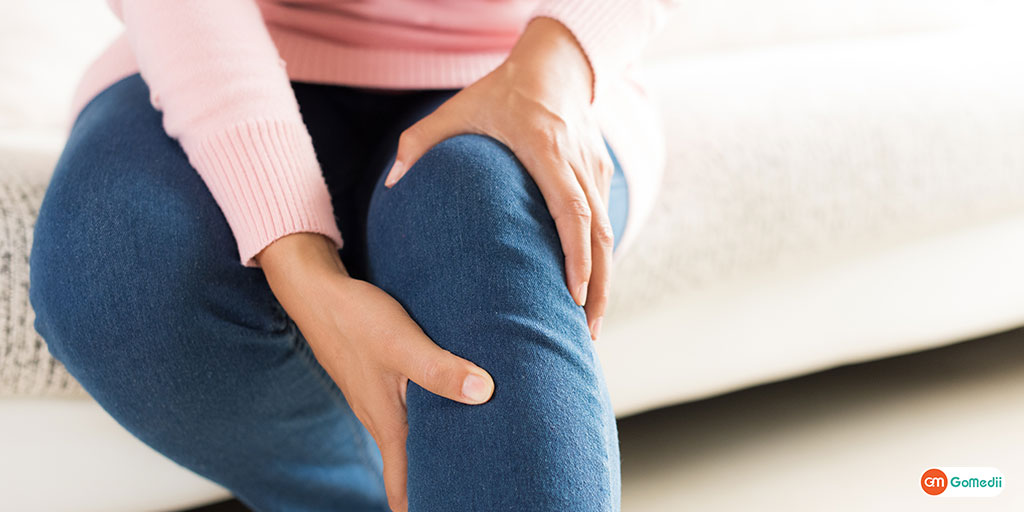 Whether you’re dealing with morning sickness, stress, or cramps, drinking water can be the easy answer to all your pregnancy woes. When in doubt, take the water route!
Whether you’re dealing with morning sickness, stress, or cramps, drinking water can be the easy answer to all your pregnancy woes. When in doubt, take the water route! - Increase in your weight: Your legs are carrying around more weight than they’re used to. They’re having to work a little harder each day, so at the end of the day, they’re tired just like you.
- Swelling: Swelling is no stranger to pregnancy, especially in the heat. When your ankles and feet start to swell in the heat, as we’ve mentioned above, circulation gets restricted. This is when your legs start to ache and get heavy. (Note: If you notice consistent swelling in your legs and feet, or your leg starts to feel warm, reach out to your obstetrician right away.)
- Changes in your posture as your baby grows: Throughout stages of your pregnancy, your baby has taken different positions inside your uterus. This can take a toll on your body, especially your back.
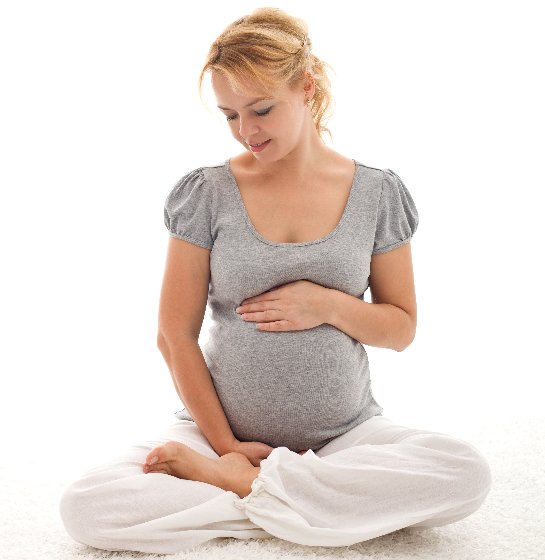 Your posture starts to change throughout your pregnancy without you even noticing at times, but your legs are sure to take notice of the change. Your legs have to support you throughout these different stages, and it can impact them.
Your posture starts to change throughout your pregnancy without you even noticing at times, but your legs are sure to take notice of the change. Your legs have to support you throughout these different stages, and it can impact them. - Fluid retention: Your growing uterus puts pressure on the veins that carry blood back from your lower body, which partially blocks blood flow. As a result, fluid remains in your legs and feet.
- Joint laxity: As we’ve discussed, when you’re carrying the extra weight from your precious baby, it’s a lot for your legs — but it’s also a lot for your joints. Your joints can easily become stressed from the added pressure. Your joints may seem a little loose and you might even waddle when you walk!
At-Home Treatment
Most often, your leg aches can be relieved at home. That’s something to shout about because we know leg aches can really be a Debby Downer as you wrap up your day!
Here are a few ideas to relieve your leg aches and heavy legs at the end of the day:
- Stretch your calf muscles by flexing and releasing each foot a few times
- Take short walks throughout the day to boost blood flow
- Avoid standing or sitting with your legs crossed for long periods
- Take a warm bath before bed (After getting out of a relaxing bath, don’t forget to apply Stretch Marks Oil to help limit the appearance of stretch marks! It leaves your skin restored, refreshed, and noticeably smoother.
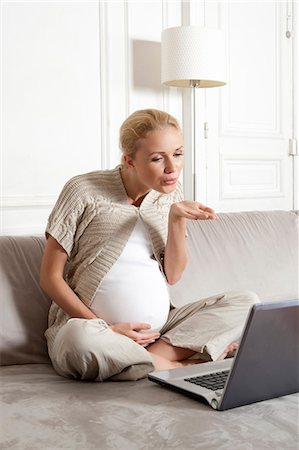 )
) - Massage your legs throughout the day and especially before bed (Try using our Body Firming Gel to give your legs a little massage. It hydrates your skin, giving it a firmer look and overall feel.)
- Take a calcium supplement (with the go-ahead from your doctor)
- Drink a glass of milk before bed
- Prop your legs up on a pillow (make sure your legs are elevated above your heart)
- Wear compression leggings or socks
- Increase your potassium intake
Medical Treatment
If your legs are painful and you see no improvement after trying the recommended measures outlined in the previous section, do not hesitate to see a doctor. They can prescribe suitable treatment for your condition.
Various methods — from medicinal to physical to surgical — may be considered, depending on the severity of your circulatory impairments:
- Compression via pantyhose, stockings, or socks is the basic treatment for anyone experiencing venous insufficiency.
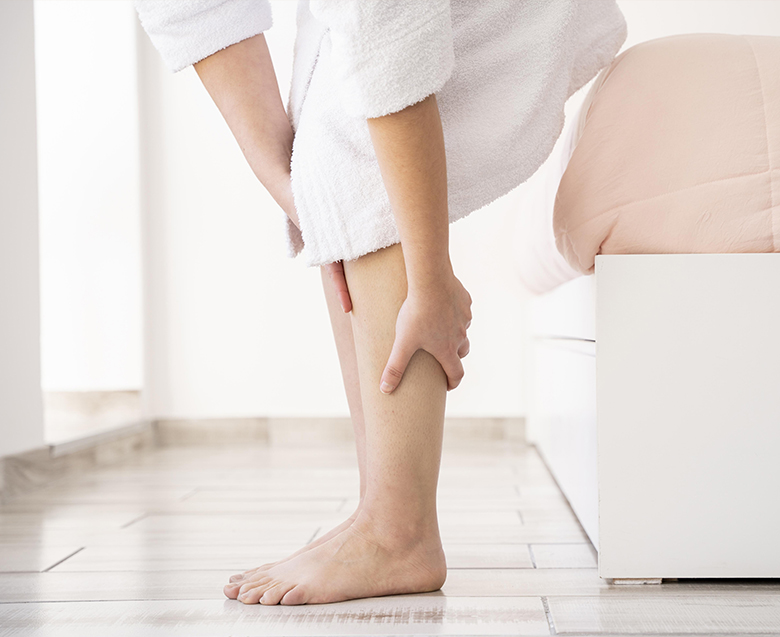 Different models are available depending on the strength of compression necessary. Significant progress has been made in improving the esthetics of these garments. The cost of some of these compression methods may be eligible for Social Security reimbursement.
Different models are available depending on the strength of compression necessary. Significant progress has been made in improving the esthetics of these garments. The cost of some of these compression methods may be eligible for Social Security reimbursement. - Venotonics have anti-inflammatory properties, stimulating muscle tone and protecting the elasticity of the vein walls. They must be taken for an extended period of time in order to be effective.
- Kinesitherapy and exercises to build up the leg muscle also have a role to play. Walking, swimming and biking are the best types of activity. Spa treatments, massages, and manual lymphatic drainage can also provide valuable relief.
- If varicose veins developed during your pregnancy and are still present after delivery, vein sclerotherapy or surgery may be considered. These techniques can be performed under local anesthesia, requiring neither an epidural nor general anesthesia, and the patient can go home the same day as treatment, or the following day.

A Comfortable Pregnancy
Aching and heavy legs can be caused by a variety of factors, as we listed above. Although these unpleasant sensations usually disappear on their own after delivery, they should not be taken lightly.
Heavy legs can turn into vascular pathologies that can sometimes be disabling. Monitor your heavy legs closely and give them the appropriate care from the very first signs to limit the risk of complications.
But keep in mind that most often, it’s not a cause for concern or harmful to your baby. Use at-home treatments to ease your leg aches and heavy legs. You may have to try a few before you find what works for you.
And while you’re at it, continue taking care of yourself during your pregnancy by treating your skin. Using the right products that have been clinically proven to effectively help expecting mothers, like our Stretch Marks Cream, will make for one comfortable pregnancy!
Leg cramps during pregnancy | Pregnancy Birth and Baby
Leg cramps during pregnancy | Pregnancy Birth and Baby beginning of content3-minute read
Listen
Along with swelling and varicose veins, leg cramps are a normal but sometimes uncomfortable part of pregnancy.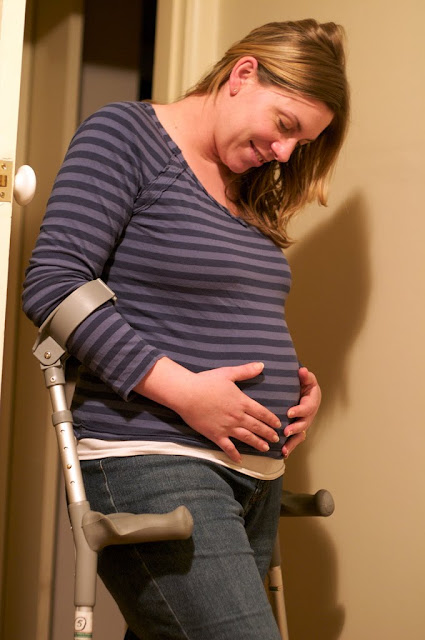 Knowing what to do when you get a cramp and how to prevent cramps from happening can make your pregnancy a bit more comfortable.
Knowing what to do when you get a cramp and how to prevent cramps from happening can make your pregnancy a bit more comfortable.
This article is about leg cramps only. To find out more about pelvic cramps, check out our article on pelvic pain in pregnancy, or speak with your doctor or midwife.
What are cramps and why are they common during pregnancy?
Cramps are a sudden, sharp pain, usually in your calf muscles or feet. A cramp is a sign that your muscles are contracting very tightly when they shouldn’t be. They usually happen at night and are more common late in your pregnancy. They can be very uncomfortable and it can be hard to know what to do.
There are many suggested reasons for cramps while you’re pregnant – carrying extra weight, changes to your metabolism, having a vitamin deficiency, being too active or not being active enough. The truth is that nobody really knows.
Can leg cramps be prevented?
Certain exercises might help you to prevent cramps.
Gentle exercises, such as walking or swimming, and specific exercises, including calf raises and walking on the spot, are good for helping blood flow in the legs and might help to prevent cramping.
In fact, regular, moderate exercise during pregnancy is a good idea, because it helps your body get used to the physical changes that happen throughout pregnancy.
You could try specific foot and leg muscle exercises such as:
- bending and stretching your foot vigorously up and down 30 times
- rotating your foot 8 times one way and 8 times the other
- repeating with the other foot
Stretching your calf muscles before you go to bed might help to prevent cramps at night.
A magnesium supplement might also help. Talk to your doctor about whether this could work for you.
How to get rid of cramps
To ease a leg cramp, it usually helps if you stretch the muscle by pulling your toes hard up towards your ankle. You can also rub the muscle firmly or walk around for a while.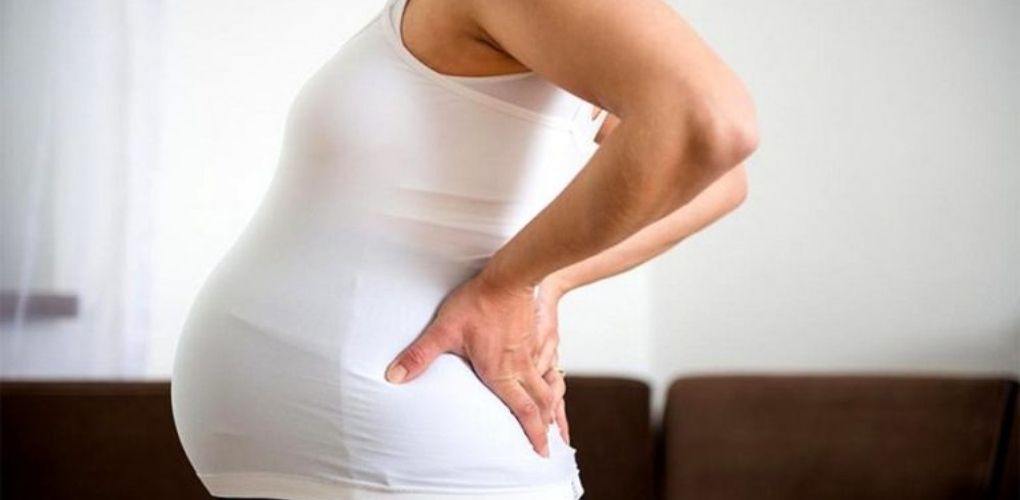 If you have a partner, ask them to help.
If you have a partner, ask them to help.
Calcium is sometimes suggested as a treatment for cramps, but there isn't any evidence that this works.
When to talk to your doctor or midwife about your cramps
You should talk to your doctor or midwife about your cramps if:
- they are disturbing your sleep
- they are very painful
- you are feeling anxious about them.
If you're not sure what to do when you get a cramp, or don't know the best way to deal with them, talk to your doctor or midwife.
You can also call Pregnancy, Birth and Baby on 1800 882 436 to talk to a maternal child health nurse.
Sources:
NSW Health (Having a baby), The Royal Women's Hospital (Common concerns in early pregnancy), King Edward Memorial Hospital (Minor Symptoms or Disorders in Pregnancy King Edward Memorial Hospital Clinical Guidelines: Obstetrics & Midwifery).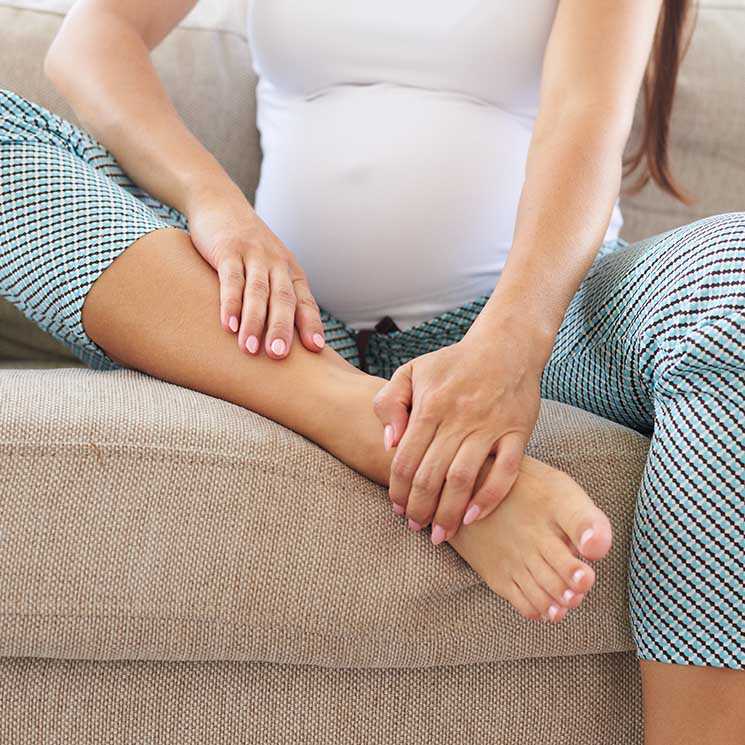 ), The Royal Women's Hospital (Active pregnancy), Women's & Children's Health Network (Common health problems in pregnancy)
), The Royal Women's Hospital (Active pregnancy), Women's & Children's Health Network (Common health problems in pregnancy) Learn more here about the development and quality assurance of healthdirect content.
Last reviewed: February 2020
Back To Top
Related pages
- Common discomforts during pregnancy
- Swelling during pregnancy
- Varicose veins
Need more information?
Pregnancy at week 28
You are now in the third trimester and you'll probably be feeling many of the common discomforts of pregnancy, like a sore back, swelling, heartburn or cramps.
Read more on Pregnancy, Birth & Baby website
Common discomforts during pregnancy
Your body has a great deal to do during pregnancy.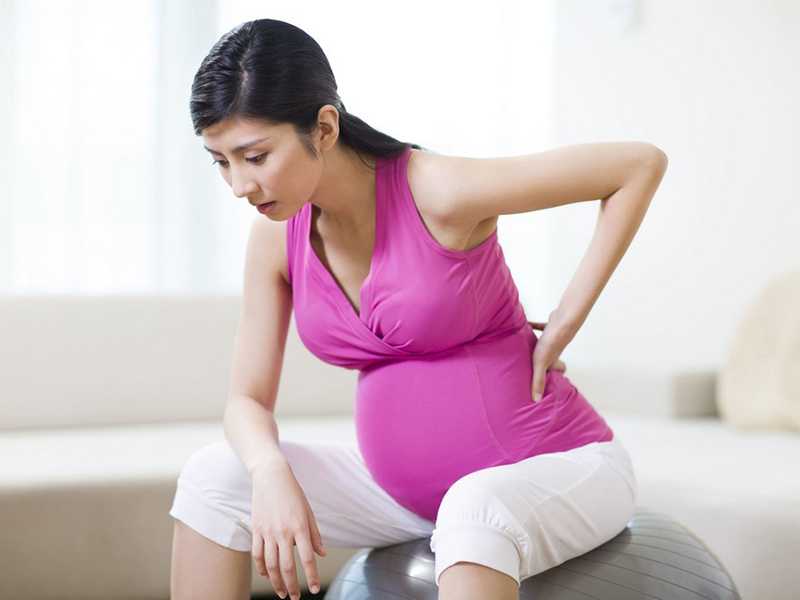 Sometimes the changes taking place will cause irritation or discomfort, and on occasions they may seem quite alarming.
Sometimes the changes taking place will cause irritation or discomfort, and on occasions they may seem quite alarming.
Read more on Pregnancy, Birth & Baby website
The Pink Elephants Support Network - What is Miscarriage?
The vast majority of miscarriages will happen in the first 12 weeks of pregnancy, with some even happening before you knew you would have known you were pregnant
Read more on Pink Elephants Support Network website
Pregnancy health problems & complications | Raising Children Network
Many pregnancy health problems are mild, but always call your doctor if you’re worried about symptoms. A healthy lifestyle can help you avoid health problems.
Read more on raisingchildren. net.au website
net.au website
Pregnancy at week 33
Your baby's brain and nervous system are now fully developed, and the baby is continuing to gain weight. You'll probably also be feeling sore and tired.
Read more on Pregnancy, Birth & Baby website
Pregnancy at week 25
As you are approaching the end of the second trimester, you might be starting to feel a bit uncomfortable as your baby continues to grow.
Read more on Pregnancy, Birth & Baby website
Sleep during pregnancy
Sleep can become a problem when you’re pregnant. Here are some tips to help you get as much sleep as possible so you ready for your baby’s arrival.
Read more on Pregnancy, Birth & Baby website
Pregnancy at week 26
Your baby is starting to put on fat and muscle and as your baby grows, your centre of gravity will shift, so you might find that you are starting to walk differently and maybe even a little clumsy.
Read more on Pregnancy, Birth & Baby website
Pregnancy - signs and symptoms - Better Health Channel
betterhealth.vic.gov.au
Read more on Better Health Channel website
Pregnancy and your mental health - Better Health Channel
betterhealth.vic.gov.au
Read more on Better Health Channel website
Disclaimer
Pregnancy, Birth and Baby is not responsible for the content and advertising on the external website you are now entering.
OKNeed further advice or guidance from our maternal child health nurses?
1800 882 436
Video call
- Contact us
- About us
- A-Z topics
- Symptom Checker
- Service Finder
- Linking to us
- Information partners
- Terms of use
- Privacy
Pregnancy, Birth and Baby is funded by the Australian Government and operated by Healthdirect Australia.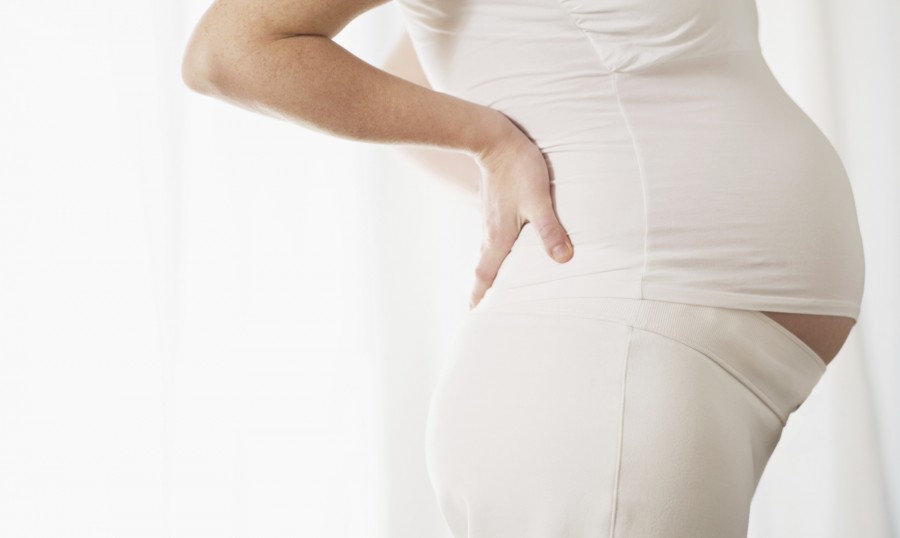
Pregnancy, Birth and Baby is provided on behalf of the Department of Health
Pregnancy, Birth and Baby’s information and advice are developed and managed within a rigorous clinical governance framework. This website is certified by the Health On The Net (HON) foundation, the standard for trustworthy health information.
This site is protected by reCAPTCHA and the Google Privacy Policy and Terms of Service apply.
This information is for your general information and use only and is not intended to be used as medical advice and should not be used to diagnose, treat, cure or prevent any medical condition, nor should it be used for therapeutic purposes.
The information is not a substitute for independent professional advice and should not be used as an alternative to professional health care. If you have a particular medical problem, please consult a healthcare professional.
Except as permitted under the Copyright Act 1968, this publication or any part of it may not be reproduced, altered, adapted, stored and/or distributed in any form or by any means without the prior written permission of Healthdirect Australia.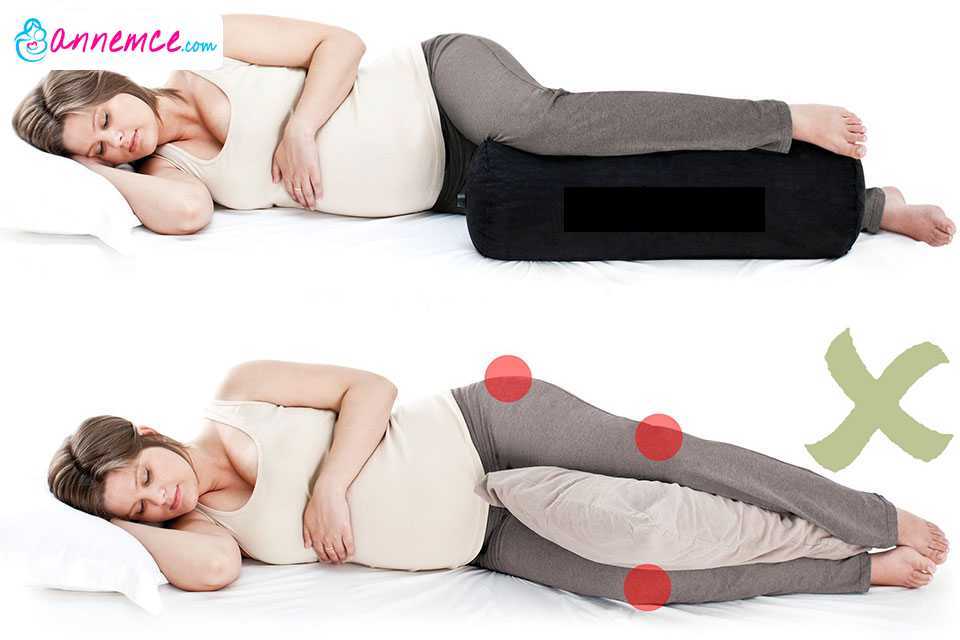
Support this browser is being discontinued for Pregnancy, Birth and Baby
Support for this browser is being discontinued for this site
- Internet Explorer 11 and lower
We currently support Microsoft Edge, Chrome, Firefox and Safari. For more information, please visit the links below:
- Chrome by Google
- Firefox by Mozilla
- Microsoft Edge
- Safari by Apple
You are welcome to continue browsing this site with this browser. Some features, tools or interaction may not work correctly.
Reduces legs during pregnancy: what to do?
Pregnancy is a time of waiting and doubts. Probably, women never have so many questions. Why does it bring her legs together so often? What to do if you wake up with cramps at night? How to deal with this scourge and avoid bouts of pain in the legs? We are looking for answers to these and other questions.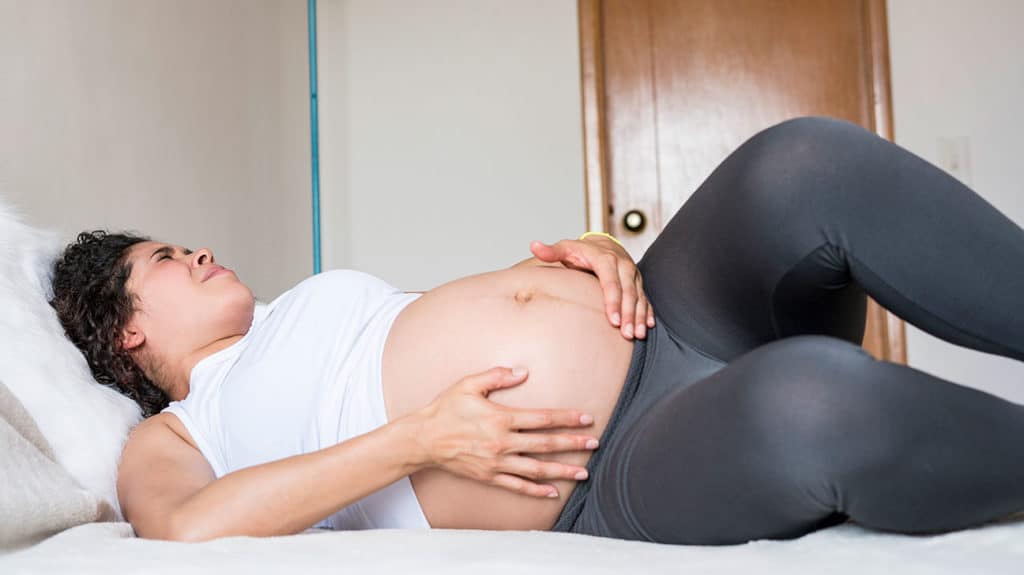
What are seizures?
Legs cramps not only during pregnancy, from time to time every person faces unpleasant painful cramps. A cramp is a sudden, uncontrollable muscle contraction that a person cannot relax. This condition can be caused by neurological disorders (for example, seizures are characteristic of epilepsy), a number of diseases (such as diabetes mellitus, osteochondrosis, and others), and can also be associated with physiological conditions. After all, convulsions occur, for example, after a strong overload, dehydration, hypothermia, etc. Sometimes cramps cause severe sharp pain. Sometimes it seems that the legs are pulling. During pregnancy, this condition, unfortunately, is noted quite regularly.
Why do pregnant women cramp their legs?
The mechanism of muscle contraction is quite complex, it involves different ions (charged particles): potassium, calcium, sodium and magnesium. If we are talking about a cramp, that is, a condition when we cannot relax a muscle, then magnesium ions play a leading role here.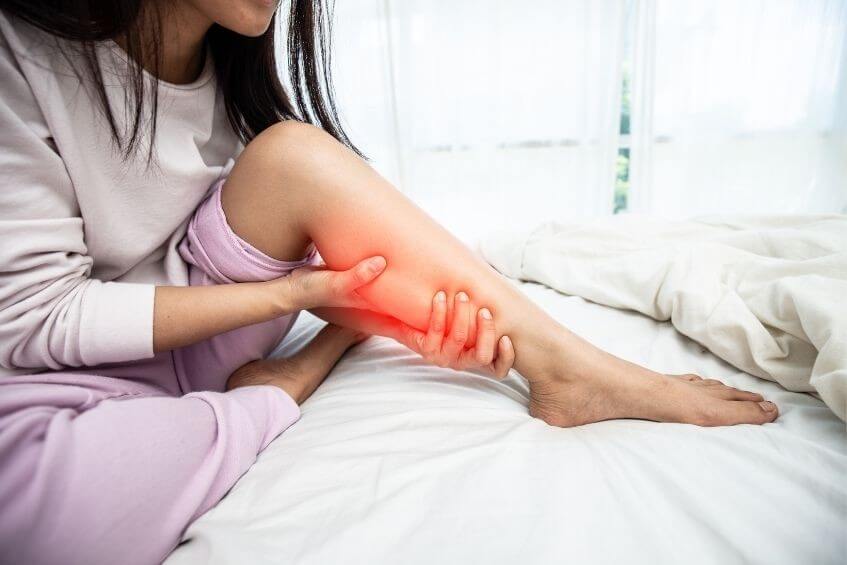 It is their lack that leads to the fact that women cramp their calves during pregnancy at night.
It is their lack that leads to the fact that women cramp their calves during pregnancy at night.
The lack of minerals in the body of the expectant mother is simply explained: such consequences are the restructuring of metabolism and functioning in the "double load" mode. In particular, the expectant mother needs one and a half times more magnesium than usual.
In addition to helping muscles relax, magnesium is also involved in a number of important physiological processes. In particular, magnesium is needed to regulate the processes of formation and expenditure of energy, it is involved in several hundred enzymatic reactions, and if there is little magnesium, then disturbances can occur in the work of almost any body system. Therefore, if magnesium preparations are prescribed during pregnancy, this recommendation should not be ignored.
Why do pregnant women cramp their legs at night?
The answer to this question is very simple. The fact is that during the day the body of the expectant mother bears an increased load. And the longer the gestation period, the greater this load. Violation of blood circulation, increased stress on the muscles - all this can cause night cramps.
And the longer the gestation period, the greater this load. Violation of blood circulation, increased stress on the muscles - all this can cause night cramps.
What should I do if my legs cramp during pregnancy?
To begin with, tell the doctor you are seeing about this. The magnesium preparations already mentioned, which he most likely recommends to you, can help solve the problem.
However, the reason that the expectant mother cramps her legs during pregnancy may be not only a metabolic disorder. Often muscle spasms begin as a result of varicose veins - the "faithful" companion of pregnancy. The veins of a woman carrying a baby are subject to increased stress. In addition, hormonal changes in the body seriously affect the state of blood vessels. All this contributes to the development of varicose veins. And a violation of the blood supply to the muscles of the legs, in turn, leads to convulsions.
If the expectant mother is faced with varicose veins, then the best prevention of its progression is to wear compression stockings selected by the doctor in accordance with the gestational age.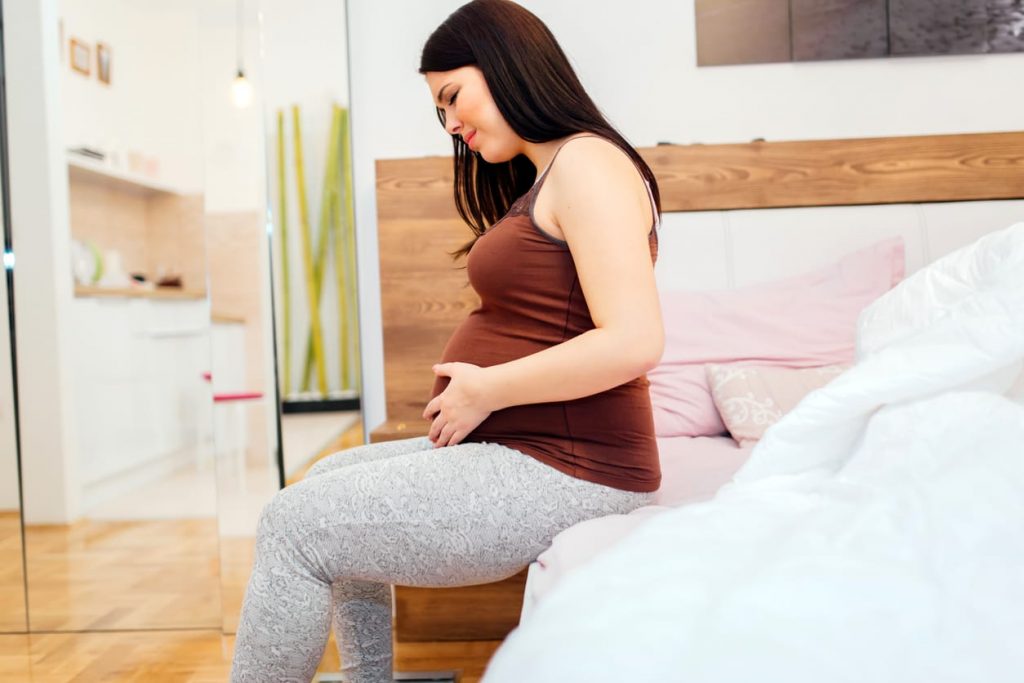 You also need to give birth in stockings, so that during a particularly intense load on the veins to avoid worsening their condition.
You also need to give birth in stockings, so that during a particularly intense load on the veins to avoid worsening their condition.
It is important to remember that any discomfort in the well-being of a pregnant woman must be discussed with the doctor who is seeing the expectant mother. Even if the legs cramp infrequently, what to do during pregnancy should be determined by a specialist. This is the only way to avoid serious problems and ensure the health and comfort of both mother and child.
Causes of muscle pain - how to get rid of muscle pain
- Muscle pain (myalgia) is pain in the muscles that can occur not only in a tense state, but also at rest. Pain sensations of a pulling or spastic nature can be localized in one part of the body or several at once.
Causes of muscle cramps after exercise
Discomfort due to pain in the shoulder, lower back, neck, or other parts of the body is a common occurrence when playing sports.
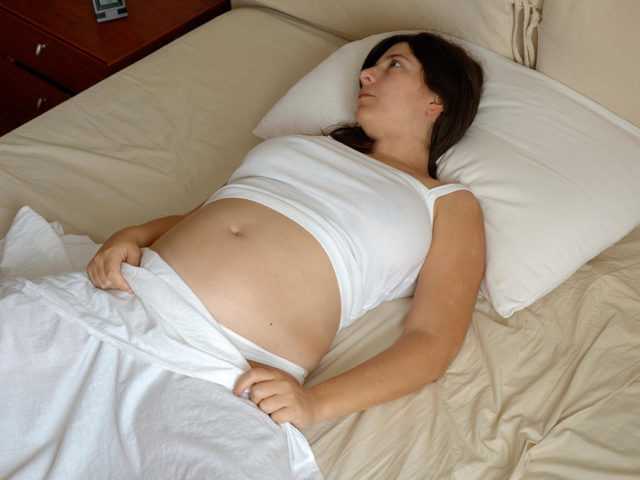 Myalgia is often experienced by beginners who try to do a lot of exercises, barely starting classes. Experienced athletes are also susceptible to it, dramatically changing their training plan.
Myalgia is often experienced by beginners who try to do a lot of exercises, barely starting classes. Experienced athletes are also susceptible to it, dramatically changing their training plan. The causes of muscle pain in such cases lie in small ruptures of muscle fibers. Due to microscopic wounds, constantly increasing pain occurs in them. Intensive recovery begins in the body: protein is intensively synthesized and hormones are released.
Discomfort disappears after 2-3 weeks, when the athlete enters the rhythm and competently draws up a training program. But if the pain in the back and shoulder or in another area is sharp and throbbing, it is possible that the cause is an injury, so the athlete should consult a traumatologist.
Types of myalgia
- Fibromyalgia. Arise in ligaments and tendons, appear in the neck, neck, lower back. Often manifested in women due to stress and men due to overload at work or in the gym.
- Myositis - inflammation of muscle tissue.
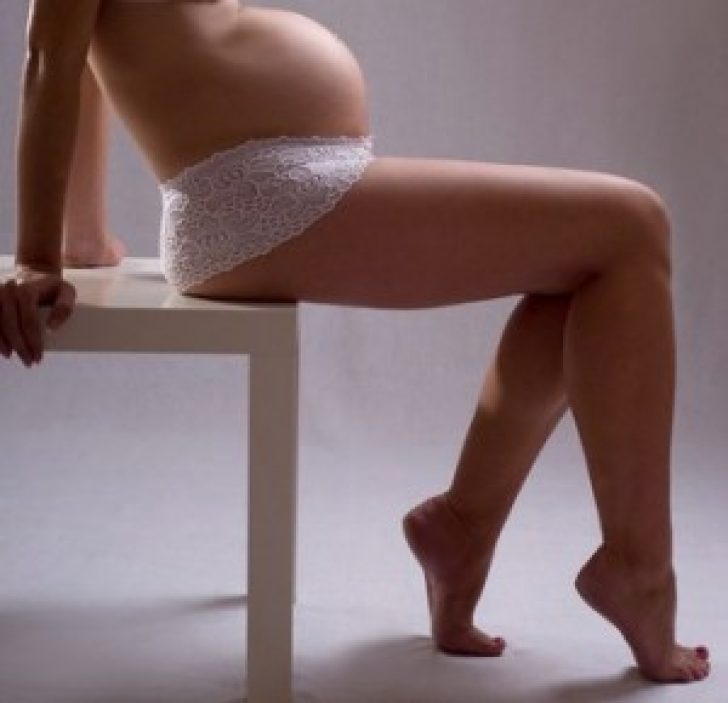 It occurs due to injuries, heavy physical exertion, complications after the flu. Such muscle pain is localized in the legs, arms, torso, increases with movement and is aching in nature. Most often, it is required to treat a leg or arm in a hospital setting.
It occurs due to injuries, heavy physical exertion, complications after the flu. Such muscle pain is localized in the legs, arms, torso, increases with movement and is aching in nature. Most often, it is required to treat a leg or arm in a hospital setting. - Polymyositis. Serious illness. A person can have a severe pain in the neck, shoulders, then the pain passes to the pelvic girdle and legs. Sometimes leads to muscle dystrophy.
Muscle pain during pregnancy
During the period of expectation of a child, most women experience pain in the muscles. Moreover, if before pregnancy a woman was not engaged in maintaining a physical form, then they manifest themselves more strongly.
During pregnancy, muscles can hurt in different areas:
- back - due to the load of the growing body;
- abdomen due to painful muscle strains;
- lower back - due to increased load from increasing weight and natural displacement of internal organs;
- legs - the causes of pain in the legs are the same, pain is accompanied by cramps in the calves that develop at the beginning of sleep, at night or in the morning;
- chest - under the influence of changes in hormonal balance, increased blood circulation;
- vagina - under the influence of changes in venous hemodynamics, increased vascular load, decreased elasticity of muscle tissue.

Child's muscles hurt
Myalgia often manifests itself in children due to a lack of vitamins, calcium, magnesium in the body. It may be due to the fact that the child's bone skeleton grows, and the muscle tissues do not keep up with it and stretch.
If the child not only has pain in the legs or arms, but also the temperature has risen, swelling has appeared, it is urgent to consult a doctor to find out the cause of the disease. The doctor will prescribe treatment for muscle pain.
Treatment
Treatment for muscle pain depends on the cause of the pain, so an accurate diagnosis is important.
Treatment of muscle pain in the back and other areas is carried out using the following methods:
- drug therapy;
- physiotherapy exercises;
- physiotherapy procedures;
- manual therapy.
To avoid such problems, you should follow the rules of prevention: a healthy lifestyle, a balanced diet, moderate physical activity, an ergonomic workplace, avoiding smoking and alcohol abuse.

Publication date: 09/21/2017 | Date of change: 02/25/2022
Article rating: (Votes: 74, Rating: 3.36)
Return to the list
Model in the department of otolaryngology of the medical clinic "CHILDHOOD Plus". In the renovated department of...
New technologies in somatology, which are being introduced into daily practice, bring better... 9Ol000
I thank the ophthalmologist Lyudmila Alexandrovna Kazakova - for the quick and painless removal of a piece of iron stuck in the cornea, and - especially - for attentiveness and affection. Such participation is easy to meet in relation to children, but to adults, especially to those who are "to blame" - this is a rarity.
Thank you very much!29.07.2022Anna
Thanks to the doctor Anatoly Ivanovich Bolotin for the easy and painless solution of the problem, professionalism and sensitivity!
All Reviews
By continuing to use the site, you give Lekons LLC, (hereinafter referred to as the "Operator"), consent to the processing of cookies and user data in order to maintain site visit statistics.
